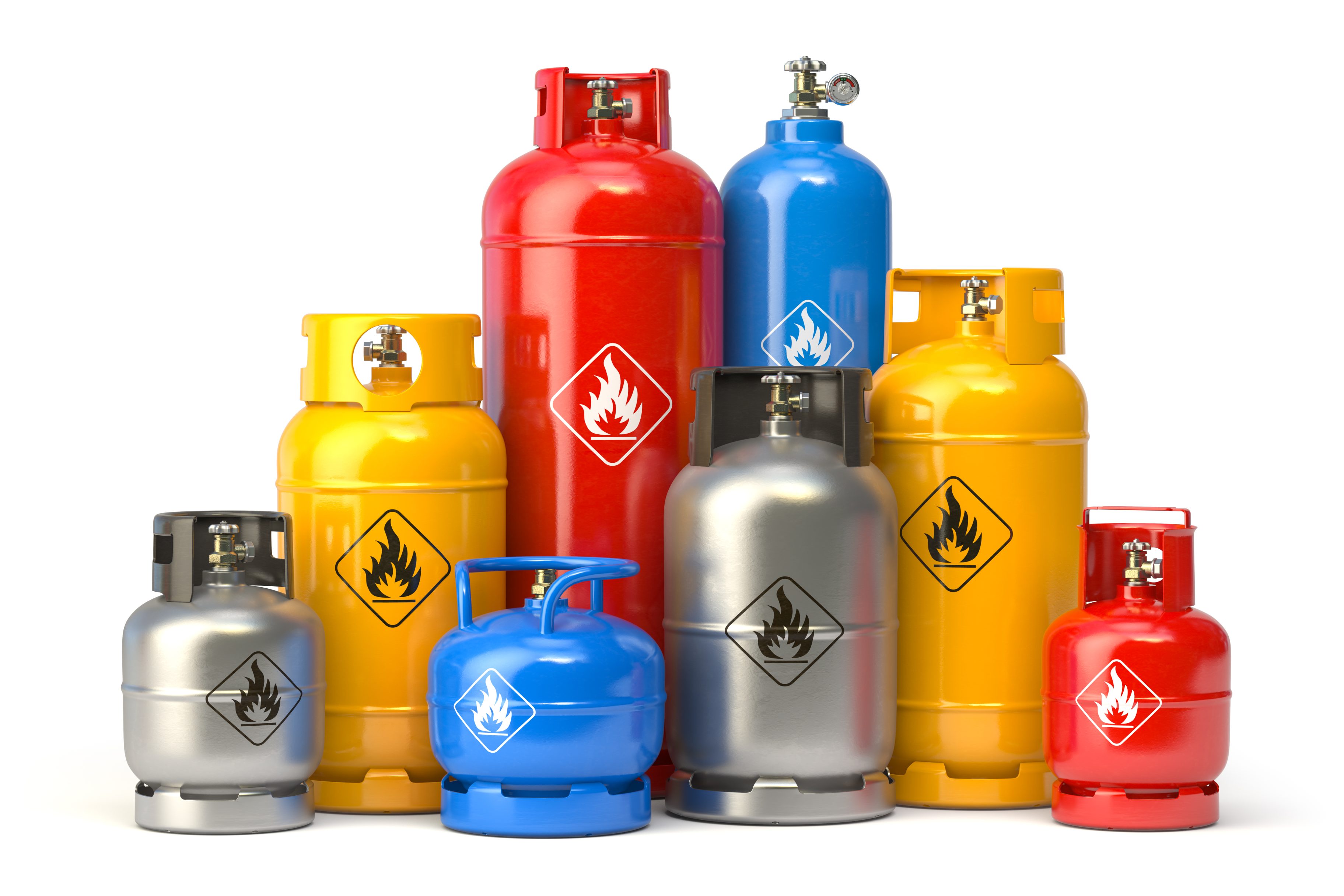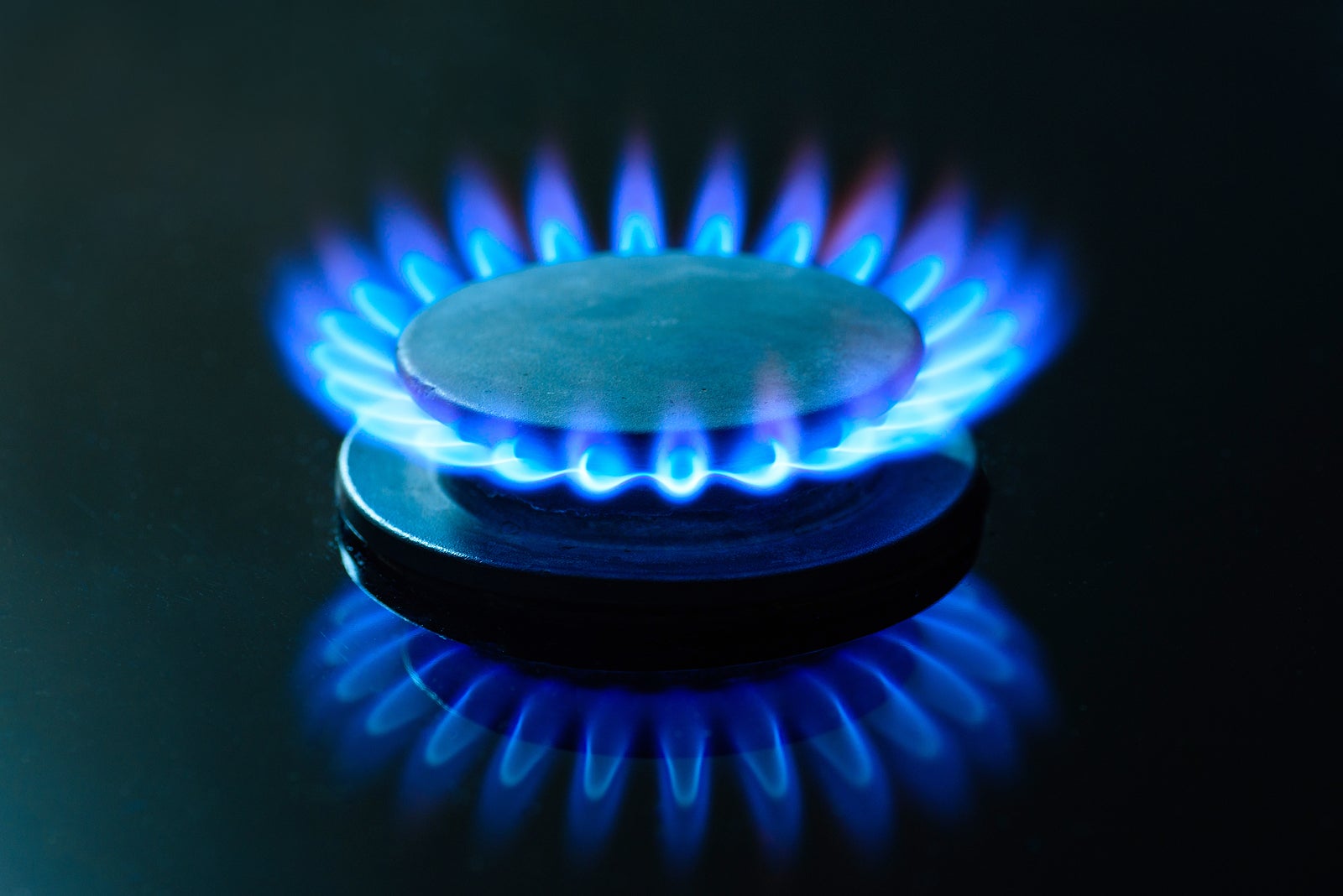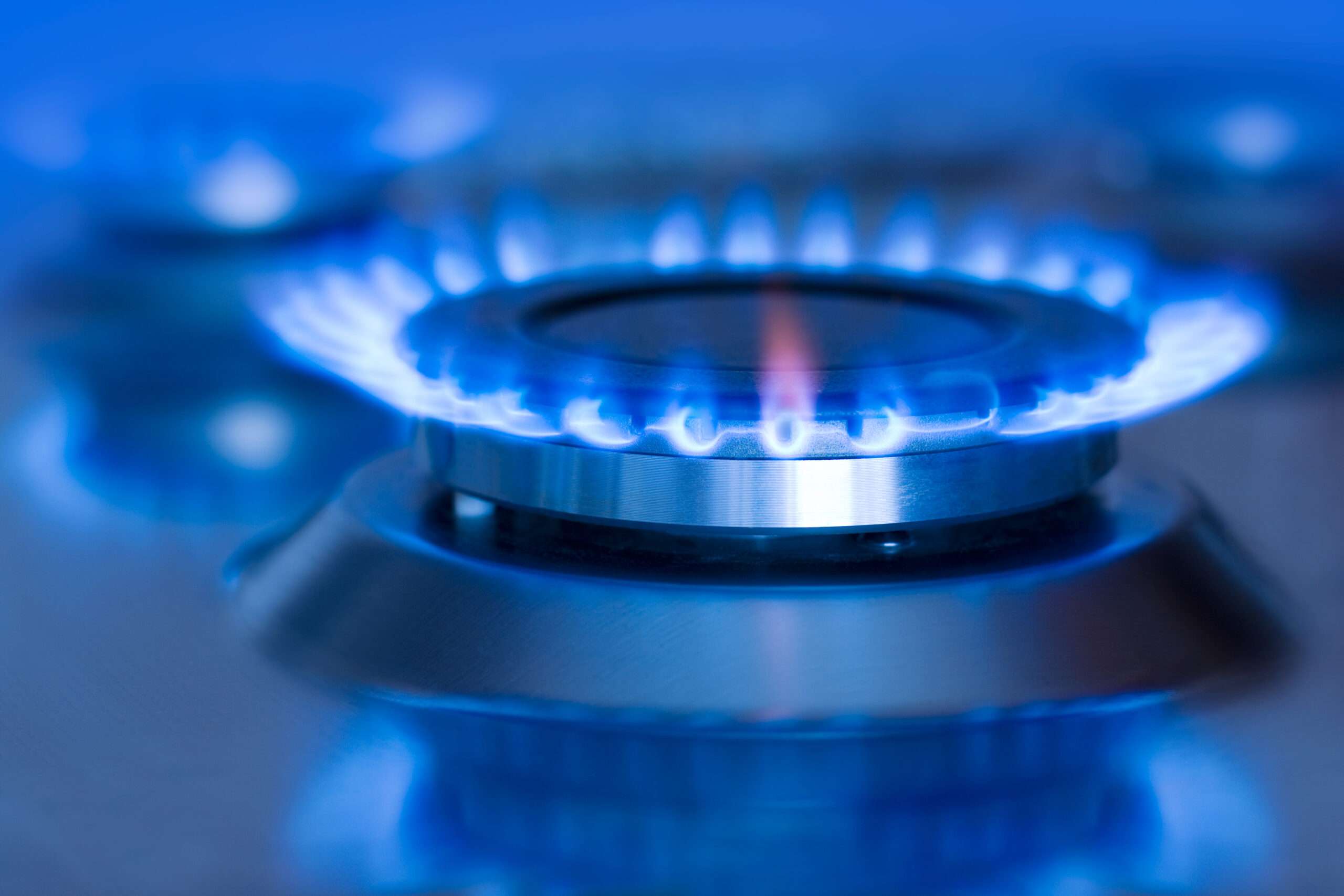Navigating Iran's Fuel Landscape: A Deep Dive Into Gas Stations
The Lifeline of a Nation: Understanding Gas Stations in Iran
For any modern economy, a robust and reliable fuel distribution system is non-negotiable. In Iran, a country that sits atop vast reserves of oil and natural gas, the presence of numerous gas stations might suggest an effortless supply of fuel. Indeed, at first glance, one might assume that getting diesel, petrol, or gas for vehicles would be straightforward given Iran's status as a major energy producer. Gas stations are widely available at most locations, forming an extensive network across urban centers and rural routes. They are not just points of transaction but integral parts of daily life, facilitating commerce, transportation, and personal mobility for millions. This extensive infrastructure is a testament to the nation's reliance on its abundant hydrocarbon resources. However, the reality of fuel access in Iran is often more complex than its resource wealth suggests, particularly when external factors or internal vulnerabilities come into play, challenging the perceived ease of fuel availability.The Shadow of Cyberattacks: A Recurring Nightmare for Gas Stations in Iran
The operational stability of gas stations in Iran has been severely tested by a series of sophisticated cyberattacks, transforming what should be routine fuel stops into scenes of chaos and frustration. These incidents highlight the vulnerability of critical national infrastructure to digital warfare, with profound consequences for the public. The disruptions are not isolated events but rather part of a recurring pattern that underscores the ongoing challenges Iran faces in securing its energy distribution systems. Each attack has brought with it a wave of uncertainty, forcing authorities to scramble for solutions and citizens to contend with the immediate impact on their daily lives.The 2021 Paralysis: A Nation Stranded
One of the most significant and widely reported incidents occurred in 2021. A cyberattack on Iran’s fuel distribution system in October 2021 paralyzed gas stations across the country, leading to long lines of angry motorists. This unprecedented disruption brought the nation's fuel supply to a grinding halt, leaving countless individuals stranded and sparking widespread public outcry. The attack rendered fuel pumps useless, forcing many to abandon their travel plans or wait for hours in hopes of a resolution. A hacking group, identifying itself as "Ghonj-e Kobra" (Cobra's Venom), claimed responsibility for the cyberattack, asserting that their actions were in response to the Iranian government's policies. The incident served as a stark reminder of how digital vulnerabilities could translate into tangible, real-world consequences, severely impacting the functionality of essential services like gas stations in Iran.2023 Disruptions: Echoes of Sabotage
The echoes of the 2021 incident reverberated into late 2023, as gas stations in Iran once again faced significant disruption. On December 18, 2023, state media reported that nearly 70% of Iran’s gas stations went out of service following what was described as "possible sabotage"—a clear reference to cyberattacks. Iranian state TV indicated that a "software problem" caused the irregularity in the gas stations, urging people not to rush to the stations that were still operational to avoid exacerbating the situation. The impact was immediate and widespread. People waited at gas stations in Tehran on December 18, 2023, as fuel distribution across 70 percent of Iran's gas stations was disrupted. According to Iran's Oil Minister, Javad Owji, “outside interference” was responsible for taking out about 70% of gas stations nationwide. He further told local media that while approximately 1,650 stations remained operational, others were forced to operate their pumps manually, a slow and inefficient process that further contributed to the long queues and public frustration. This incident underscored the persistent threat and the ongoing efforts by external actors to destabilize Iran's critical infrastructure.Unraveling the Culprits: Who is Behind the Attacks on Gas Stations in Iran?
Identifying the perpetrators behind these cyberattacks on Iran's fuel distribution system has been a complex and often politically charged endeavor. While some groups have claimed responsibility, official Iranian statements frequently point fingers at state-sponsored actors, particularly in the context of broader geopolitical tensions. Following the 2021 cyberattack, a hacking group did claim responsibility, though the specifics of their capabilities and affiliations remained somewhat opaque to the public. However, in the wake of the December 2023 disruptions, Iran's official stance became more direct. Iran stated it suffered a cyberattack by Israel and the United States that disrupted fuel distribution across 60 percent of petrol stations on Monday. This accusation highlights the ongoing cyber warfare between Iran and its adversaries, where critical infrastructure becomes a battleground. Iran's President, on a Wednesday following one such sweeping cyberattack, confirmed the disruption, blaming the action on “people angry by creating disorder and disruption.” This phrasing, while vague, can be interpreted as an acknowledgment of both internal dissent and external adversaries seeking to sow chaos within the country. The recurring nature of these attacks and the consistent attribution to "outside interference" by Iranian officials like Oil Minister Javad Owji suggest a sustained campaign targeting the nation's vital services, including its gas stations. The precise identity of all groups or states involved remains a subject of international speculation and intelligence analysis, but the impact on gas stations in Iran is undeniably real.Public Reaction and the Queue Culture: Life During Fuel Shortages
The immediate and most visible consequence of disruptions to gas stations in Iran is the emergence of long, winding queues of frustrated motorists. These lines are not merely an inconvenience; they are a potent symbol of public anxiety and the direct impact of such incidents on everyday life. The sight of people waiting at a gas station in Tehran on December 18, 2023, as fuel distribution was disrupted, became a common and distressing image. During the 2021 cyberattack, the paralysis of gas stations across the country led to long lines of angry motorists, creating a palpable sense of tension and anger. This rush to Tehran’s gas stations and others nationwide is a predictable response to uncertainty, driven by the fear of prolonged shortages. The situation is often exacerbated by broader geopolitical events. For instance, lines formed hours after Iran launched missiles at Israel, leading to fears of future gas shortages. Such events trigger a panic-buying mentality, where citizens rush to stock up on fuel, further straining operational gas stations and lengthening queues. The experience of queuing for hours, sometimes without success, becomes a shared ordeal, fostering a sense of collective frustration and highlighting the fragility of essential services when under attack.Geopolitical Tensions and Energy Infrastructure: A Broader Context
The vulnerabilities of gas stations in Iran cannot be fully understood without considering the broader geopolitical landscape in which the country operates. Iran is a nation frequently at odds with regional and international powers, and its energy infrastructure, including its vast network of gas stations, often becomes a strategic target in this complex dynamic. The disruptions are not isolated technical glitches but rather interconnected with larger political and military maneuvers. The rush to Tehran’s gas stations, for example, has occurred in contexts where Israel also struck critical pieces of Iran’s energy infrastructure, including oil refineries and fuel depots. Such actions, whether kinetic or cyber, aim to exert pressure on the Iranian government by targeting its economic lifelines and public morale. The images of cars seen at a gas station after the IRGC (Islamic Revolutionary Guard Corps) attack on Israel, in Tehran, Iran, on October 1, 2024, in a screengrab taken from video by WANA (West Asia News Agency) via Reuters, underscore this direct link. These moments of heightened regional tension often precipitate immediate public reactions, leading to rushes on gas stations as citizens anticipate potential shortages or further disruptions. This constant state of alert and the tangible impact on fuel availability mean that gas stations in Iran are not just commercial entities but also sensitive indicators of geopolitical stability and conflict.Fuel Availability in an Oil-Rich Land: The Paradox of Gas Stations in Iran
Iran's identity as a land rich in gas and oil often leads to the natural assumption that fuel for vehicles—diesel, petrol, and gas—should be effortlessly accessible. On the surface, with vast hydrocarbon reserves, one might expect a perpetually smooth and abundant supply. However, let’s have a look at the reality, which often presents a paradox. Despite its immense natural wealth, the actual experience of obtaining fuel at gas stations in Iran can be fraught with complexities, ranging from rationing systems to the very disruptions discussed earlier. This discrepancy between perceived abundance and practical challenges is a significant aspect of navigating the Iranian fuel landscape. The availability might be technically widespread, but the ease of access can vary dramatically based on economic policies, international sanctions, and the ever-present threat of infrastructure attacks.Getting Fuel: Practicalities for Motorists
For motorists in Iran, understanding how to get fuel is a practical necessity that goes beyond simply pulling up to a pump. While fuel is widely available at most gas stations, the process is often managed through a smart card system. This system, implemented to manage consumption and subsidies, requires drivers to use a personalized fuel card, which typically has a monthly quota of subsidized fuel. Once this quota is exhausted, fuel can still be purchased, but at a higher, unsubsidized rate. Navigating this system requires awareness and planning, especially for visitors or those unfamiliar with the local regulations. The reality of getting diesel, petrol, gas, and oil involves ensuring your smart card is functional, understanding your quota, and being prepared for potential queues, particularly during peak hours or periods of reported disruption. While the sheer number of gas stations in Iran suggests convenience, the underlying mechanisms of distribution and the occasional external pressures mean that a simple act like refueling can sometimes become a test of patience and adaptability.Health Concerns at the Pump: BTEX Emissions and Gas Stations in Iran
Beyond the operational and geopolitical challenges, gas stations in Iran, like those globally, pose specific health risks, particularly concerning air quality. The handling and distribution of fuels release various volatile organic compounds (VOCs), among which BTEX compounds (Benzene, Toluene, Ethylbenzene, and Xylenes) are of particular concern due to their known health impacts. While the focus often remains on the immediate service provided by gas stations, the long-term health implications for workers and nearby residents are a critical, though often overlooked, aspect of their operation. Understanding these risks is vital for ensuring public health and safety standards.Assessing the Risks: Workers and Public Health
Studies have been conducted to estimate BTEX emission levels at gas stations and map these emissions, providing crucial data for health risk assessments. While one specific study mentioned in the provided data was intended to estimate BTEX emission levels at gas stations and mapping BTEX emissions at all gas stations in Semarang (Indonesia), the general principles and concerns about BTEX exposure are universally applicable to similar environments, including gas stations in Iran. The results of cancer risk assessments in relevant studies have demonstrated that cancer risk was not necessarily increased from these specific exposures. However, the outcomes for non-cancer risk assessments painted a different picture. They demonstrated that neurological toxicity from exposure to BTEX was significant in different cities of Iran. This finding is particularly alarming, indicating that chronic exposure to these compounds can lead to adverse neurological effects. The health risk assessments consistently indicated that workers at gas stations are at a heightened health risk due due to their direct and prolonged exposure to these emissions. This highlights a critical public health concern that requires attention, including improved ventilation, personal protective equipment, and regular health monitoring for those employed at gas stations in Iran.Resilience and Future Outlook for Gas Stations in Iran
The recurring disruptions faced by gas stations in Iran underscore a critical need for enhanced resilience in the nation's fuel distribution system. From sophisticated cyberattacks to geopolitical pressures, the challenges are multifaceted and persistent. However, the Iranian authorities have consistently demonstrated efforts to restore services swiftly, often within hours or days, even when faced with widespread outages. The ability to bring a significant number of stations back online, even if manually, speaks to a certain level of operational fortitude and contingency planning. Looking ahead, the future of gas stations in Iran will likely involve a continuous battle between enhancing cybersecurity measures and adapting to evolving threats. Investments in robust digital defenses, coupled with physical safeguards for infrastructure, will be paramount. Furthermore, public education on how to navigate disruptions and manage fuel consumption will remain crucial. The experiences of 2021 and 2023 have served as harsh lessons, pushing the country to fortify its vital energy lifelines. While the paradox of an oil-rich nation facing fuel shortages remains, the ongoing efforts to bolster resilience suggest a determined push towards ensuring a more stable and secure future for fuel access across Iran.Conclusion
The journey through the landscape of gas stations in Iran reveals a complex narrative, far removed from the simple act of refueling. We've explored how these vital points of infrastructure are not only essential for daily life but also battlegrounds in a silent, ongoing cyberwar. From the paralyzing cyberattacks of 2021 and 2023 that crippled fuel distribution and led to angry motorists and endless queues, to the geopolitical tensions that cast a long shadow over energy security, the challenges are immense. We've also touched upon the paradox of an oil-rich nation facing fuel access complexities and the often-overlooked health risks for workers exposed to harmful emissions. Despite these hurdles, the resilience demonstrated by the Iranian system and its citizens in adapting to disruptions is notable. The experiences highlight the critical importance of cybersecurity, robust infrastructure, and informed public response in maintaining essential services. Understanding these dynamics offers a deeper insight into the daily realities and strategic vulnerabilities of a nation heavily reliant on its hydrocarbon wealth. What are your thoughts on the challenges faced by gas stations in Iran? Have you experienced similar disruptions in other parts of the world? Share your insights in the comments below. If you found this article informative, please consider sharing it with your network, and explore other articles on our site for more in-depth analyses of global energy and infrastructure topics.
Cylinder Weight And With Gas

Energy Co-op bringing renewable natural gas service to Philly - WHYY

NYC Declares War on Gas Stoves